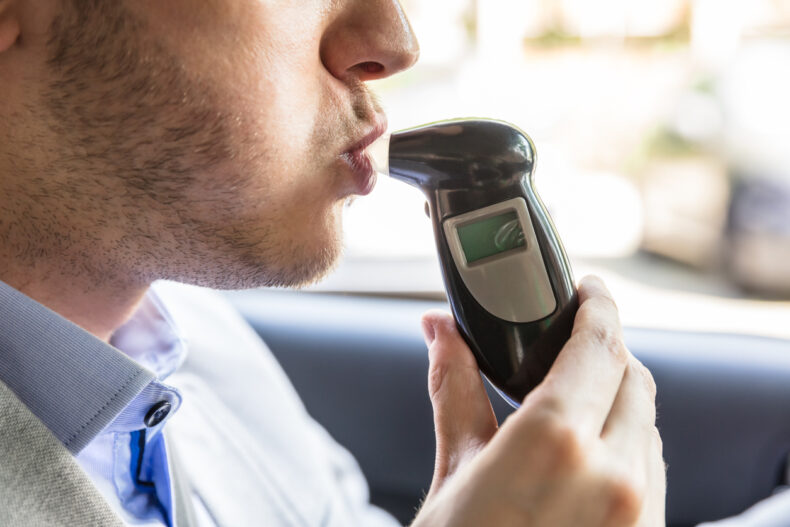The age-old battle against drunk driving might soon experience a futuristic upgrade, thanks to a mandate tucked deep within President Biden’s 2021 Infrastructure Investment and Jobs Act. The legislation points toward a requirement for all new vehicles sold in the U.S., starting potentially as early as 2026, to possess the capacity for passive alcohol detection in drivers. If the system determines the driver’s alcohol levels are too high, it would immobilize the vehicle, preventing the individual from driving under the influence.
For us at Latoison Law, this news is both encouraging and intriguing. As staunch advocates in the realm of DUI defense and license suspension, we’re always on the lookout for innovations that can influence the legal landscape, as well as protect the community at large.
Interestingly, while this idea might seem revolutionary, its origin is not recent. The provision in President Biden’s Infrastructure Act made it official, but there’s a stipulation: this life-saving technology doesn’t fully exist yet in a commercialized form. So, the automotive industry is now in a race against time to develop and perfect this tool.
Leading the pack is Asahi Kasei, a Japanese firm with a history in chemical and electronics production. They have a Swedish subsidiary, Senseair, that’s been researching alcohol detection sensors for other uses for over 25 years. Collaborating with automakers, suppliers, and governmental bodies, they aim to transition this tech into commercially viable applications as swiftly as feasible. Mike Franchy, representing Asahi Kasei’s North American mobility division, shared that this mandate was unexpected, catching many OEMs and Tier 1 companies off guard. Traditionally, it was believed that Europe would be the first to adopt such measures, which is why Asahi Kasei acquired Senseair half a decade ago. More details can be found in the here.
However, this rapid acceleration in the U.S. can be attributed to tireless efforts by organizations like Mothers Against Drunk Driving (MADD), who have been collaborating with the auto sector to ensure such advancements come to fruition.
So, how might this system function? Preliminary reports suggest that drivers would need to exhale towards a discreet sensor, possibly embedded within the steering column or the door trim. An algorithm would then analyze the exhaled air, comparing the ethanol content with natural carbon dioxide levels. This data is gathered using infrared light measurements, pinpointing the concentration of ethyl alcohol in the surrounding air.
For Latoison Law, this heralds a transformative era for DUI prevention. As DUI and traffic ticket lawyers, we’re fully aware of the devastating impacts of drunk driving on individuals, families, and communities. This technology could not only deter potential DUI incidents but also reshape the very approach toward DUI legal cases.
In conclusion, while the road to integrating this technology might be challenging, its potential impact is undeniably vast. It underscores the importance of continuous innovation, collaboration, and commitment to safety. As we wait to witness its full-scale implementation, we remain dedicated to ensuring the rights and well-being of our clients are always at the forefront.
Did You Know?
As we delve deeper into the integration of in-car breathalyzers, it’s worth noting another significant shift in the automotive world: the rising cost of auto insurance. Over the year leading up to August, auto insurance premiums shot up by a whopping 19%, outpacing the overall inflation rate of 3.7%. Interestingly, while insurance premiums dropped during the early days of the pandemic lockdown when many vehicles remained stationary, they saw a steep rise once driving resumed. Why this sudden change? A car accident lawyer in Newark observed that post-lockdown, many drivers seem to have become more reckless, potentially forgetting the basics of safe driving. This increase in risk might be one of the contributing factors to the surging insurance costs, alongside other inflation drivers like rising rents and gasoline prices. These evolving circumstances present multifaceted challenges and considerations for everyone on the road.

